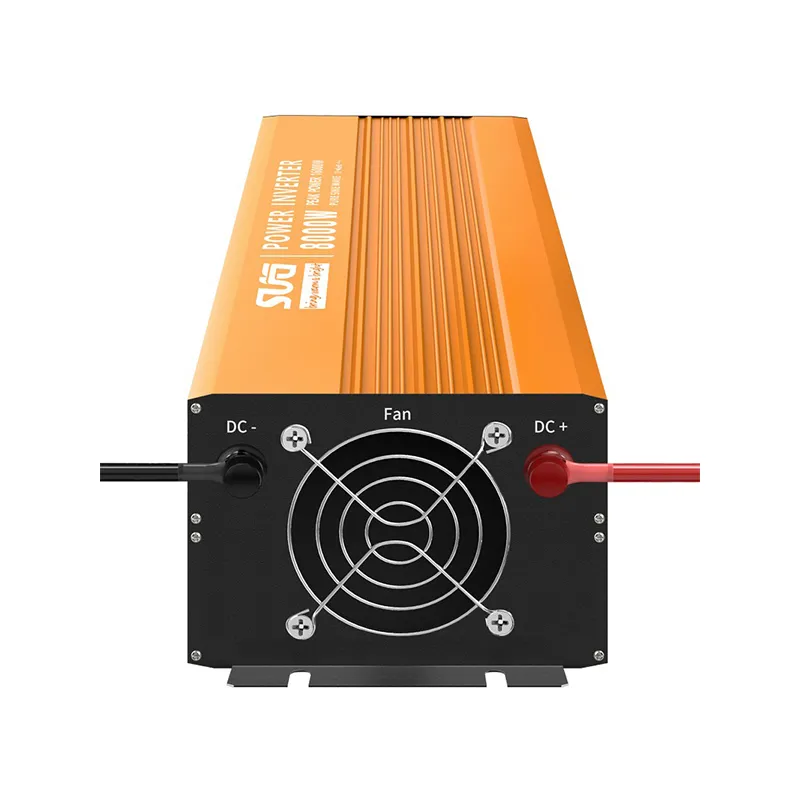Exploring the Benefits of Solar Electricity Solutions for Your Home Energy Needs
Harnessing Solar Electricity for Your Home A Sustainable Future
In recent years, the conversation around renewable energy has gained significant momentum, with solar electricity emerging as one of the most promising alternatives to traditional energy sources. Homeowners are increasingly turning to solar power not only for its environmental benefits but also for its potential to reduce energy costs in the long run. This article explores the advantages of solar electricity for homes, the technology behind it, and the steps to get started.
The Benefits of Solar Electricity
One of the primary benefits of solar electricity is its environmental impact. Solar energy is clean and renewable, reducing reliance on fossil fuels that contribute to greenhouse gas emissions and global warming. By harnessing the power of the sun, homeowners can play a crucial role in mitigating climate change and promoting sustainability.
Moreover, solar electricity can lead to substantial savings on energy bills. Once installed, solar panels can significantly reduce or even eliminate monthly electricity costs. Many states offer incentives, tax credits, and rebate programs that can help offset the initial investment. Although the upfront costs can be significant, the long-term financial benefits often outweigh these expenses, making solar panels an attractive option for many households.
Understanding Solar Technology
At the heart of solar energy systems are solar panels, typically made from silicon-based photovoltaic (PV) cells. When sunlight hits these cells, it generates direct current (DC) electricity. An inverter then converts this DC electricity into alternating current (AC), which is the standard electricity used in homes.
There are various types of solar panel systems available, including grid-tied, off-grid, and hybrid systems. Grid-tied systems are the most common, allowing homeowners to use solar energy while remaining connected to the electricity grid. This setup enables them to draw energy from the grid when necessary and even sell excess energy back to it, often benefiting from net metering programs.
solar electricity for home

How to Get Started with Solar Electricity
Getting started with solar electricity for your home involves several key steps. First, it’s essential to assess your energy needs. Understanding your energy consumption patterns will help determine the size and type of solar system that would work best for your household.
Next, research local solar providers and obtain quotes. It's crucial to look for reputable companies with positive reviews and solid warranties. Most providers will conduct a site assessment to evaluate factors such as your roof’s orientation, shading, and structural integrity, all of which can affect the efficiency of the solar panels.
After selecting a provider, you’ll need to explore financing options. Many homeowners opt to purchase their solar systems outright, while others may choose loans, leases, or power purchase agreements (PPAs). Each option has its pros and cons, so it’s essential to select the one that aligns with your financial goals.
Finally, once your solar system is installed, monitoring its performance becomes crucial. Most modern systems come with monitoring tools that allow homeowners to track energy production and consumption in real-time. This information can help identify any issues early on, ensuring that the system operates at peak efficiency.
Conclusion
The transition to solar electricity is not just a trend; it represents a crucial shift towards a more sustainable and eco-friendly future. With numerous benefits, including cost savings, energy independence, and environmental protection, solar power is an excellent investment for any homeowner. By understanding the technology and processes involved, individuals can take meaningful steps towards harnessing this renewable energy source, contributing to a cleaner planet for generations to come.
-
String Solar Inverter: The High-Efficiency Solution for Smart Solar EnergyNewsJul.14,2025
-
Revolutionizing Rooftop Energy with the Power of the Micro Solar InverterNewsJul.14,2025
-
Power Independence with Smart Off Grid Solar Inverter SolutionsNewsJul.14,2025
-
On Grid Solar Inverter: Powering the Future with Smart Grid IntegrationNewsJul.14,2025
-
Monocrystalline Solar Panels: High-Efficiency Power for the Future of Clean EnergyNewsJul.14,2025
-
Bifacial Solar Panel: A Smarter Investment for Next-Generation Energy SystemsNewsJul.14,2025







